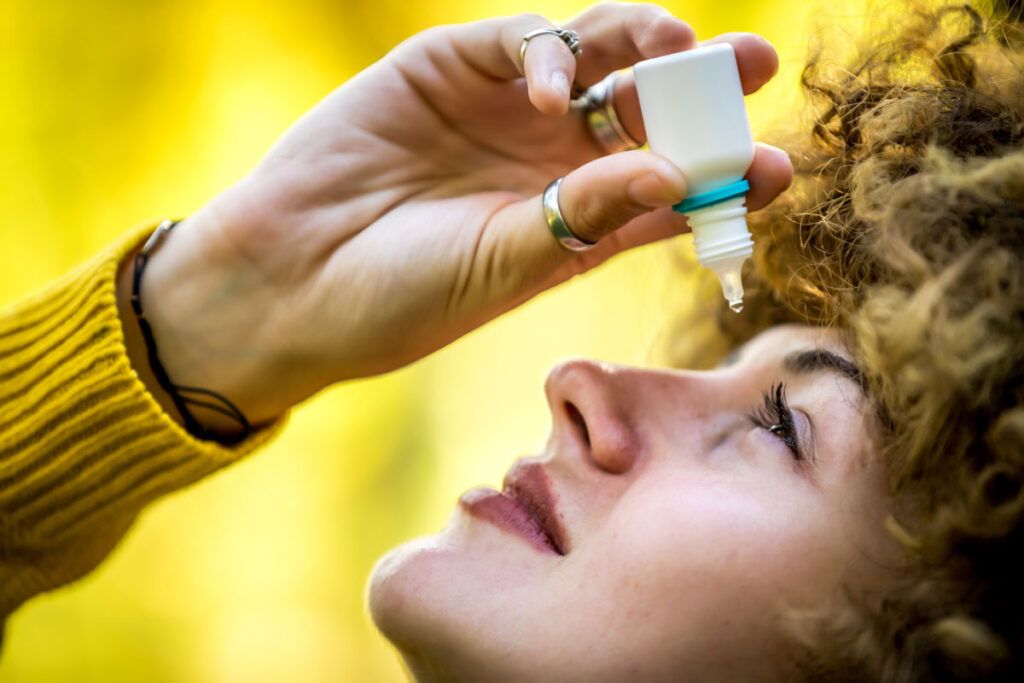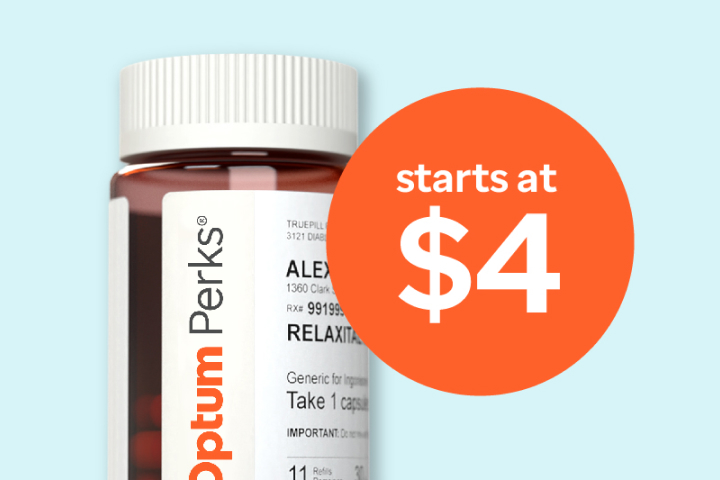Eye drops can often remedy pain or discomfort associated with dry eyes and other ocular conditions. There are many different types of OTC eye drops with different mechanisms of action.
Customers often feel overwhelmed by the choice of over-the-counter eye drops available. The article will provide some information about OTC eyedrops and what conditions they can help with.
How do eye drops work?

Many available eye drops contain active ingredients that help treat specific symptoms such as eye dryness or redness. Typically, they come in a small squeeze bottle, and, depending on the condition and solution, you drop them into your eye several times a day.
Dry eyes
The body naturally keeps the eyes lubricated with tears. When we blink, our natural tears spread over the eye to help keep them moist. This lubrication is essential to preventing damage to the eyes and maintaining comfort.
The stinging, burning, and irritation of dry eyes result from inadequate tear production. OTC eye drops can provide the right type of “artificial tears” to moisten and lubricate the eye.
Learn more about the treatments for dry eyes here.
Red eyes
The surface of your eye has small blood vessels that expand when irritated, causing eye redness. This can occur due to tiredness, allergies, or exposure to irritants such as smoke.
Redness-reducing eye drops often use vasoconstrictors or decongestant drugs that can cause blood vessels to expand after the drops wear off. Doctors typically recommend using these types of eye drops for a limited time.
This ”rebound redness“ can worsen over time. As a result, doctors may recommend lubrication eye drops to treat the cause of redness instead.
Allergies
Allergies are the most common cause of eye inflammation. A 2015 review suggests that OTC eye drops that block histamine response may help relieve itching, redness, and tearing.
Eye infections
Viral and bacterial conjunctivitis are two common eye infections that can cause redness and swelling.
Common treatments for viral conjunctivitis include:
- cold compresses
- OTC artificial tears
- topical antihistamines
For severe cases, doctors may prescribe topical steroids. For bacterial conjunctivitis, antibiotic eye drops may be more suitable.
Types of eye drops
There are two main types of eye drops: those that contain preservatives and those that are preservative-free.
Eye drops that contain preservatives come in bottles that contain multiple doses. The preservatives prevent bacteria from growing in the solution. However, preservatives may irritate some people’s eyes.
Preservative-free eye drops come in single-use doses that people should use immediately.
When applying eye drops, it is crucial to avoid touching your eye with the dropper to avoid eye infections.
If you need help covering the cost of medications, the free Optum Perks Discount Card could help you save up to 80% on prescription drugs. Follow the links on drug names for savings on that medication, or search for a specific drug here.
